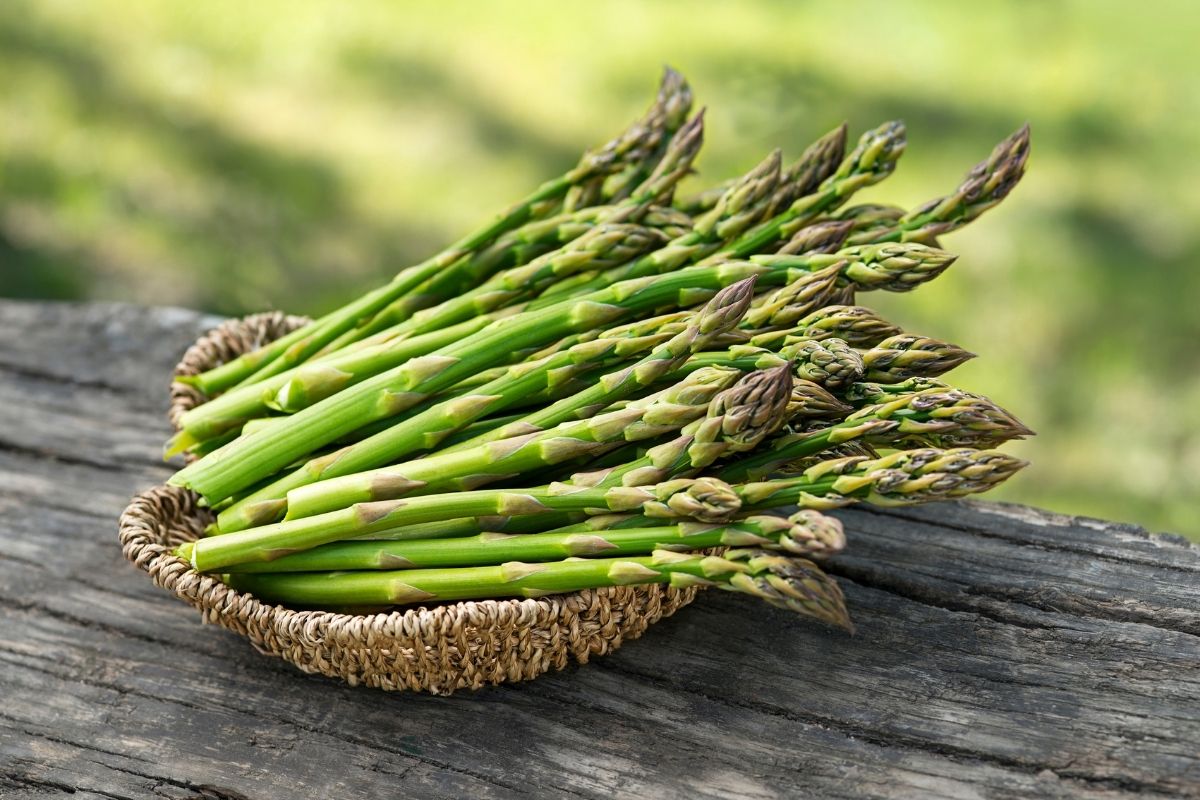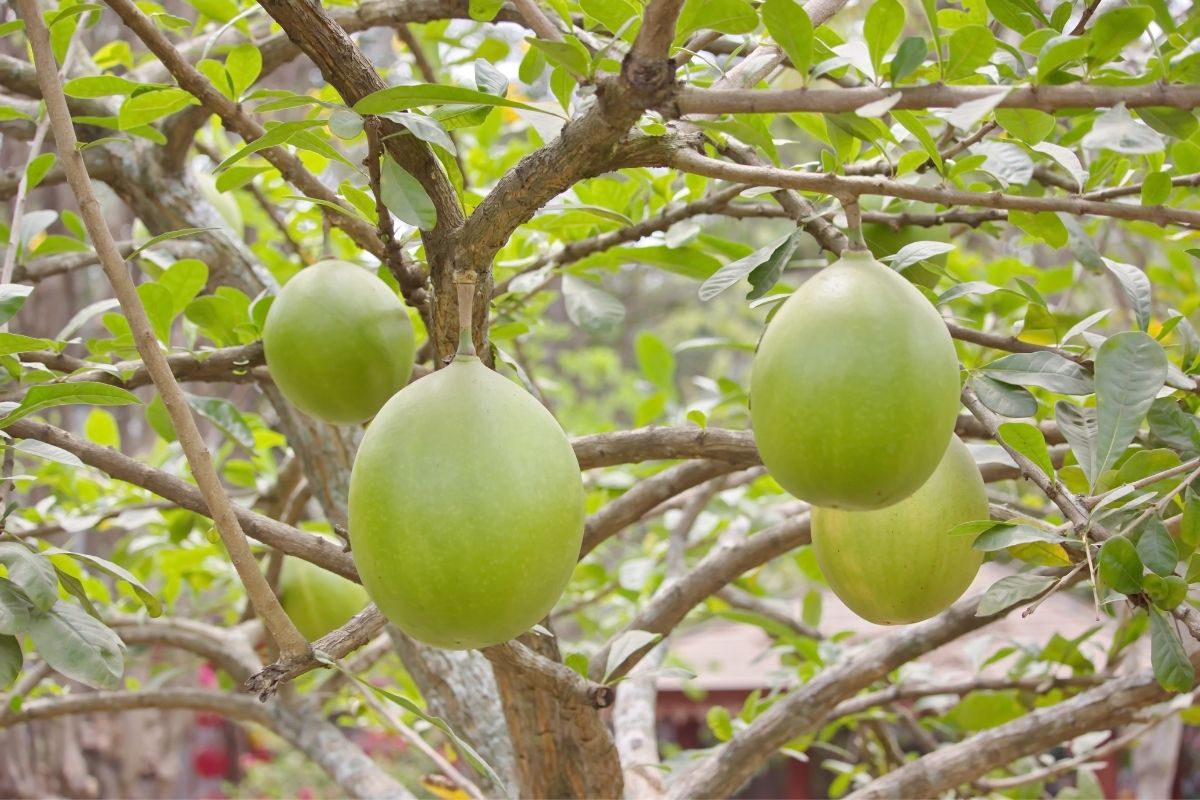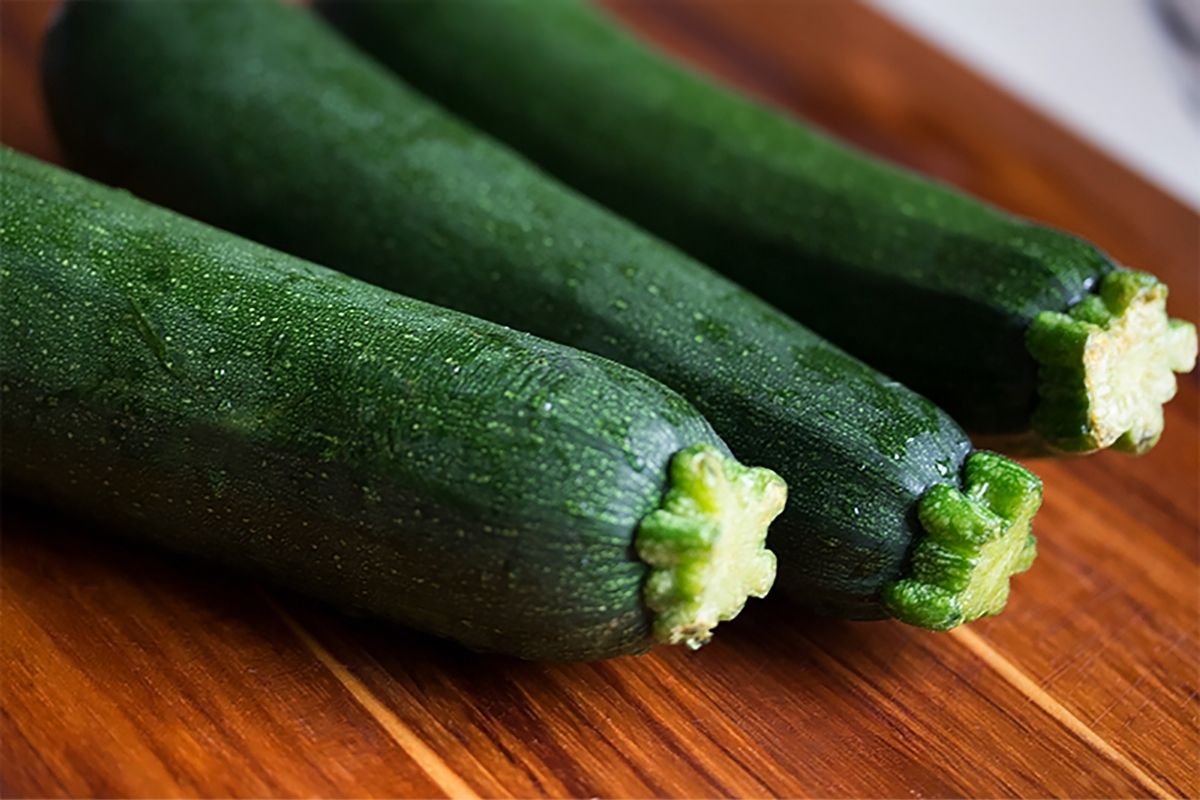Low in calories, rich in nutrients, and easy to prepare, Types of green veggies are a great way to get your daily intake of vitamins, minerals, fiber, and antioxidants.
There are so many good reasons to eat green vegetables every day. Did you know that some green veggies can actually make you feel better, both emotionally and physically?
They have been shown to lower blood pressure, improve heart health, boost the immune system, and even help with weight loss! They also contain antioxidants that fight free radicals, and can even help prevent cancer.
While green vegetables are good for you, they aren’t always easy to eat. Some of them are bitter, or tough to chew.

Many of us avoided eating certain veggies as a kid, because we didn’t like their taste. But now that we’re adults, it’s time to try new things.
Green vegetables might not be our favorite, but there are plenty of ways to enjoy them. Sometimes, it’s about the preparation – and sometimes it’s just about how much flavor is packed into one small vegetable.
How many green vegetables are there in the world?
Well, if you look at the list below, you’ll see that there are more than 50 different kinds of green vegetables. Some of these greens are eaten raw, while others need to be cooked before being served.
You will most likely be familiar with most of them, but there may be quite a few that you may not have tried yet.
Here’s a list of green vegetables that you should include in your diet.
1. Artichoke

The artichoke is a perennial herb native to South America.
It looks like a large thistle, and its leaves resemble those of an elephant ear plant. The edible part of the artichoke is the flower bud, which has a delicious, nutty flavor.
It contains lots of fiber, vitamin C, folate, iron, potassium, calcium, magnesium, phosphorus, copper, manganese, zinc, selenium, and omega-3 fatty acids.
It’s best to consume artichokes raw, but they’re also available canned, frozen, dried, and pickled. These vegetables are often eaten alongside other dishes, such as pasta, rice, pizza, and salads.
2. Arugula

The arugula is one of the lesser known veggies on this list, but it deserves to be included.
The bunches of bright green leaves can be found growing in gardens all over the world, and they’re usually used fresh. They grow well in cool climates, and they don’t require any special care.
This leafy green has a peppery taste, and it’s very nutritious. It contains lots of vitamin A, B6, K, folic acid, and calcium.
This veggie is typically added to salads, soups, sandwiches, and wraps. It’s also used in pesto, stir fries, and pasta sauces. You can use arugula either fresh or frozen; if you choose to freeze it, remove the stems first.
3. Asparagus

Asparagus is another popular vegetable that needs no introduction.
This tasty green vegetable grows in abundance during springtime, and it’s quickly becoming one of the most popular vegetables around the globe.
It’s high in vitamins A, C, E, and K, and it’s loaded with minerals like iron, potassium, calcium, and magnesium. Asparagus is also rich in fiber, protein, and essential amino acids.
You can find asparagus in cans, jars, and bags, but it tastes best when freshly cut from the stalk. If you want to eat it raw, simply peel off the tough outer layer, then chop it up and add it to your salad.
Green vegetables such as broccoli, spinach, kale, and lettuce are packed full of nutrients that help boost energy levels and improve overall health.
They also contain vitamins and minerals that promote heart health and reduce the risk of certain diseases. Green vegetables are also low in calories, making them a great addition to any diet plan.
4. Broccoli

These popular veggies are commonly consumed throughout the year, but they’re particularly abundant during the summer months.
Broccoli is a vegetable that is consumed in countries across the globe. This member of the cabbage family is native to China, and it’s been cultivated for thousands of years.
They contain many health benefits, including being high in fiber, antioxidants, and vitamins. Broccoli is also an excellent source of vitamin C, folate, and manganese.
It tastes great paired with meat, fish, potatoes, rice, pasta, and other vegetables.
5. Brussels Sprouts

Another member of the cabbage family, Brussels sprouts are a favorite among vegetarians and omnivores alike.
They’re available year round, but they peak seasonally, which means they’re at their best during the fall and winter months. They are popularly known for having a strong taste, creating a wide debate between people who love them and hate them.
Not only that, but they are very nutritious, containing plenty of vitamins, minerals, and dietary fiber. They’re also high in antioxidants, and they help to prevent cancer.
The leaves on the outside of the sprout are edible, while the inner core is where all the nutrition resides. You can use them in soups, stir fries, and even salads.
6. Cabbage

Cabbage is one of the most versatile members of the brassica family. They’re eaten raw, pickled, sautéed, steamed, braised, and more.
There are two main types: green cabbage and red cabbage. Green cabbages are usually smaller than red ones, and they have a milder flavor.
Both types are good sources of fiber, vitamins, and minerals. Green cabbages are rich in vitamin K, folate, calcium, iron, and potassium, whereas red cabbages are higher in vitamin A, C, E, and beta-carotene.
Green cabbages are often used in salads, coleslaw, slaws, and sandwiches. Red cabbages are traditionally used in kimchi, sauerkraut, and soup.
RELATED: Top 10 Types of Elm Trees| Elm Tree Uses, Pictures and Identification Guide
7. Calabash

This is another veggie that is, perhaps, lesser known than some others on this list.
A calabash is a type of squash, and they’re native to Central and West Africa. These squashes are similar to zucchini, except that they grow much larger.
These veggies are great sources of vitamin A, C, D, and E. Calabash are also loaded with fiber, and they contain lots of protein.
You can eat them plain, or add them to your meals like you would any other vegetable. They are delicious when baked, grilled, or roasted. Calabash seeds are also used to make flour.
8. Celery

Celery is a member of the Apiaceae (carrot) family. It has a long history as both a food and medicine, dating back to Ancient Egypt.
It was once believed that celery could cure everything of headaches to toothaches. Celery contains chemicals called apigenin and lignans, which may protect against heart disease and certain cancers.
Celery is also an excellent source of vitamins, minerals, fiber, and phytochemicals. It’s especially high in vitamin K, manganese, magnesium, phosphorus, and thiamine.
It’s a common ingredient in Italian dishes, especially those made with chicken. The stalks of celery are also commonly used in soups, salads, and side dishes.
9. Chayote

This fruit-vegetable hybrid is related to cucumbers, melons, pumpkins, watermelons, and gherkins. Chayotes are actually considered a vegetable, although they do look somewhat like a cross between a melon and a squash.
They’re a staple in Mexican cuisine, and they’re also grown in many parts of Asia. They’re extremely easy to prepare, and they’re delicious.
They are packed full of nutrients, including vitamins A, C, and K; folic acid; copper; and manganese. Not only that, but they also contain a lot of fiber.
Chayotes taste best when cooked, so try making chowder, salsa, or stew out of them. You can also slice them up and serve them over rice.
10. Cucumber

The cucumber is one of the oldest cultivated vegetables around. It’s been found at sites dating back more than 10,000 years!
Today, it’s still widely eaten throughout the world. In fact, it is believed that the average American eats about 2 pounds of cucumbers per year.
Cucumbers are very low in calories, and they have no fat or cholesterol. They are also a good source of vitamin C, dietary fiber, and potassium.
Furthermore, they are made up of 96% water, making them the food with the highest water content in the world.
Many people use cucumbers for their refreshing flavor, but they can be used in just about anything. They’re perfect for salad dressings, dips, marinades, and salsas.
11. Edamame

Edamame, more popularly known as soybeans, are a legume that originated in China. Today, edamame are enjoyed all over the world.
Soybeans are rich in protein, iron, zinc, calcium, folate, and vitamin B6. Edamame are also a great source of fiber, antioxidants, and omega 3 fatty acids.
Soybeans are often used in Asian cooking, where they are boiled, steamed, stir-fried, or added to soups and salads. They’re also sometimes ground into tofu, and served on top of sushi rolls.
12. Green Beans

Green beans are some of the most popularly consumed veggies in the world.
These vegetables are not only nutritious, but they’re also incredibly versatile. Green beans are delicious when sautéed, steamed, or even grilled.
They’re also a great addition to salads, sandwiches, pasta dishes, and casseroles. Green beans are also a great source of fiber, vitamins, and minerals.
13. Green Bell Peppers

Bell peppers are another member of the pepper family. These vegetables are also sometimes red, yellow, orange, or occasionally striped.
Bell peppers are a great source of vitamin C, vitamin A, and beta-carotene. They also contain lots of fiber and other important nutrients.
Bell peppers are a favorite among vegetarians because they’re relatively inexpensive and easy to cook. They’re also a great way to add color to your meals.
14. Green Chili Peppers

Chili peppers are members of the Capsicum genus. This group includes bell peppers, jalapeños, poblanos, and serranos.
These vegetables are a wonderful addition to any meal, whether you’re eating them raw or cooked. They provide a nice kick to dishes, and they’re also packed with tons of health benefits.
They are an excellent source of vitamin C, which helps prevent scurvy. They also contain plenty of vitamin A, folate, and potassium.
Chili peppers contain capsaicin, which has anti-inflammatory properties. The capsaicin in chili peppers may help reduce pain from arthritis and osteoporosis.
15. Green Pumpkin

Green pumpkins are a type of squash that looks like a pumpkin, but tastes like a zucchini.
This vegetable is a great source of vitamins A and C, plus minerals such as magnesium, phosphorus, manganese, copper, and potassium. It’s also a good source of dietary fiber.
Pumpkin seeds are high in protein and healthy fats. They also contain many essential amino acids, including lysine, methionine, threonine, tryptophan, arginine, and histidine. Pumpkin seeds are also a great source for zinc, selenium, and phosphorous.
Green pumpkins are usually eaten fresh, but they can also be canned. You can eat them plain, or make them into soup, stew, pie filling, or muffins.
16. Kale

Kale is one of the most popular leafy greens around, known for its nutritional value.
It contains plenty of vitamins and minerals, including vitamin K, vitamin C, vitamin A (beta-carotene), vitamin E, folate, iron, and calcium.
Kale is also low in calories and fat, making it a great choice for weight loss.
Kale is a great source of fiber and protein. It’s also very versatile. You can use kale as a salad ingredient, steam it, chop it up, or blend it in a smoothie with tasty fruits.
17. Kohlrabi

Kohlrabi is sometimes referred to as a German turnip, despite it not being from the same family as the turnip itself.
This vegetable is cholesterol free, gluten-free, and a great source of fiber and protein.
Like green cabbage, kohlrabi is a member of the brassica family. Kohlrabi is often used in soups, stews, salads, and stir fries.
You can also slice it thinly and serve it on top of pizza or pasta.
18. Leek

The leek is a member of the onion family. It’s a mild tasting vegetable that grows underground.
This vegetable is an excellent source of vitamins B6, C, and K, plus minerals such as manganese, phosphorus, and potassium.
It’s also a good source of folate, fiber, and omega-3 fatty acids. Leeks are delicious when sautéed, steamed, boiled, or roasted.
19. Lettuce

Lettuce is a highly popular vegetable, often used in salad, or involved in meals as a side dish.
This vegetable is rich in antioxidants, vitamins, and minerals. It’s a good source of vitamin C, vitamin K, vitamin A, vitamin B1, and vitamin B2. Lettuce is also a good source of folate, fiber, iron, and potassium.
You can enjoy lettuce raw, cooked, or even juiced. If you’re looking for something different, try adding lettuce to your favorite sandwich or wrap.
Lettuce is available year round, so there’s no need to worry about finding out what kind of lettuce will be best during certain seasons.
RELATED: A Place In The Sun: 15 Different Types Of Sunflower
20. Microgreens

Microgreens are young vegetables that grow quickly. They have a peppery taste and are perfect for garnishing dishes. They’re a great way to add color and flavor to any meal.
Microgreens are a great addition to any diet because they’re packed full of nutrients. They’re also extremely nutritious, containing more than twice the amount of vitamins located in mature plants.
They contain high amounts of vitamins A, C, D, K, and beta-carotene. They also contain significant amounts of calcium, magnesium, phosphorus, zinc, copper, and selenium.
21. Peas

Next up, this is another vegetable that’s enjoyed all over the world. Peas are a wonderful source of protein, fiber, and other essential nutrients.
Peas are a great source of fiber, zinc, and vitamin K. They are used alongside many dishes, and are a favorite of many. They are often paired with meat, carrots, and other vegetables.
It has actually been estimated that over 9,000 peas are consumed in the UK, per person, per year.
22. Spinach

Spinach is one of the most popular leafy greens around. It contains lots of fiber, vitamins, and minerals, making it a healthy food choice.
It’s also low in calories and fat, which makes it a great option for those watching their weight. Spinach is a versatile ingredient, and can be added to salads, soups, sandwiches, and wraps.
It’s also very easy to cook, and can be eaten raw if you prefer. You can steam spinach, boil spinach, or even microwave it.
If you want to make sure you get enough spinach in your diet, consider growing some yourself. You’ll find seeds at your local garden center, or online.
23. Zucchini

Last on this list, zucchini is a summer staple. It’s a tasty vegetable that’s a great source of vitamins, minerals, and fiber.
Zucchini is a good source of vitamin A, vitamin E, vitamin C, vitamin B5, and vitamin B6. It’s also a good source of folic acid, manganese, and potassium.
It’s a versatile vegetable, and can be used in many ways. You can slice them into salads, use them in casseroles, bake them, or even eat them raw.
You can buy zucchini year round, but it tends to be cheaper in the warmer months. Zucchini is available from May through September.
Final Thoughts
Green vegetables such as broccoli, spinach, kale, and lettuce are packed full of nutrients that help boost energy levels and improve overall health.
They also contain vitamins and minerals that promote heart health and reduce the risk of certain diseases. Green vegetables are also low in calories, making them a great addition to any diet plan.
We definitely recommend you include some green veggies in your diet, if you aren’t already!
Editor’s Recommendations
How To Care for A Spider Plant? (Plant Care Answers and More)
7 Top Reasons Why Your Monstera Leaves Turn Yellow
What Is Leca and Is it Useful for Plants? All The Plant Care Questions and Answers







